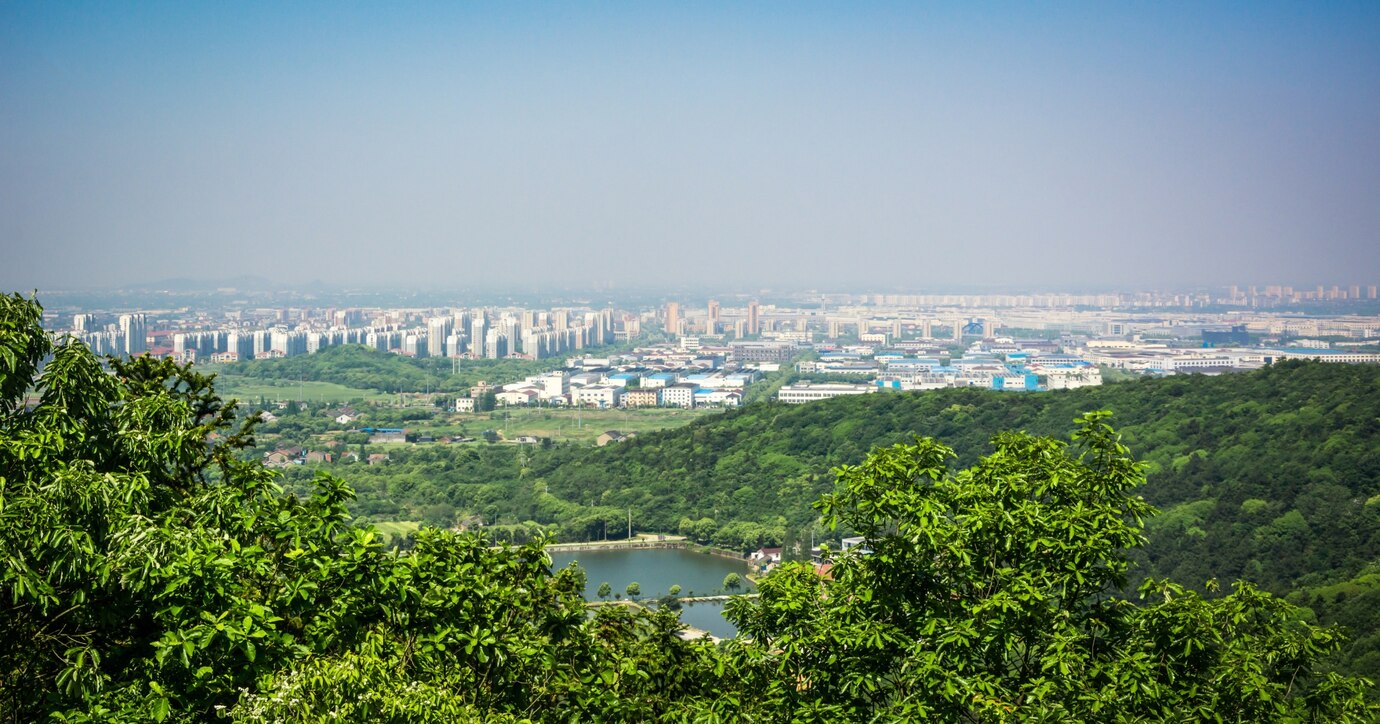Why Taiwan-Made Oil Mist Collectors Outperform Japan and Southeast Asia
Choosing the right oil mist collector is critical for CNC shops and manufacturing plants aiming to maintain a clean and safe working environment. While oil mist filtration systems from Japan and Southeast Asia (SEA) are widely available, Taiwan-made oil mist collectors have emerged as the preferred choice for many global buyers. Below is an in-depth comparison of why Taiwan’s products offer superior performance, reliability, and value.
1. Higher Manufacturing Precision and Quality Control
Taiwan is globally recognized for its precision engineering and strong industrial supply chain. Manufacturers in Taiwan adopt advanced CNC machining, strict ISO-certified processes, and high-grade materials to ensure long-lasting durability. In contrast, while Japanese oil mist collectors also offer excellent build quality, they are often higher in cost. SEA-manufactured products, on the other hand, may have lower quality control standards due to cost-focused production models.
2. Advanced Filtration Technology Integration
Taiwanese oil mist collectors frequently integrate multi-stage filtration systems, including mechanical filters, HEPA filters, and electrostatic precipitators (ESP), which effectively remove fine oil mist particles and airborne contaminants. Many Taiwanese models exceed international air quality standards, such as OSHA and ISO 8573-1. Compared to many SEA units, which may rely solely on single-stage filters, Taiwan-made models deliver better air purity and lower maintenance costs.
3. Cost-Effective Without Compromising Quality
While Japanese brands offer reliability, their oil mist collectors are often priced at a premium. Taiwan-made oil mist collectors provide a better balance between price and performance. They are competitively priced compared to Japanese units and offer significantly better long-term value than most SEA alternatives, especially considering performance durability, local after-sales support, and replacement part availability.
4. Strong R&D and Customization Capabilities
Taiwanese manufacturers invest heavily in R&D to offer customizable oil mist collection systems tailored to specific machine tool setups, airflow capacities, and factory layouts. This flexibility is often lacking in SEA products, which are generally mass-produced for cost efficiency. Japanese manufacturers offer high-end options but are often less responsive in lead time and post-sales modifications due to rigid production cycles.
5. Faster Lead Time and Regional Logistics Advantage
Taiwan enjoys strategic proximity to major Asian markets, enabling faster shipping and lower freight costs compared to Japan. Compared to Southeast Asian manufacturers, Taiwanese exporters typically have better international trade logistics, documentation transparency, and export reliability. This is especially important for companies managing tight installation schedules and seeking minimal operational disruption.
6. Environmental and Regulatory Compliance
Many Taiwan-made oil mist collectors are designed to meet or exceed stringent environmental and workplace safety standards. These include ROHS compliance, CE certifications, and ISO 14001. While Japanese products meet similar standards, Taiwan’s cost-efficiency makes eco-compliant machines more accessible to SMEs. SEA products may not always meet the same level of regulatory adherence, especially in budget-focused segments.
Conclusion
Taiwan-made oil mist collectors stand out for their high precision, advanced filtration, affordability, and flexibility. They bridge the gap between Japan’s high-cost, high-quality options and Southeast Asia’s cost-driven solutions. For industrial users seeking efficient, durable, and globally competitive oil mist solutions, Taiwan remains a superior and strategic choice.
References & Regulatory Resources
Taiwan External Trade Development Council (TAITRA) – www.taiwantrade.com.tw
OSHA Oil Mist Guidelines – www.osha.gov
ISO 8573-1 Compressed Air Quality Standard – www.iso.org



